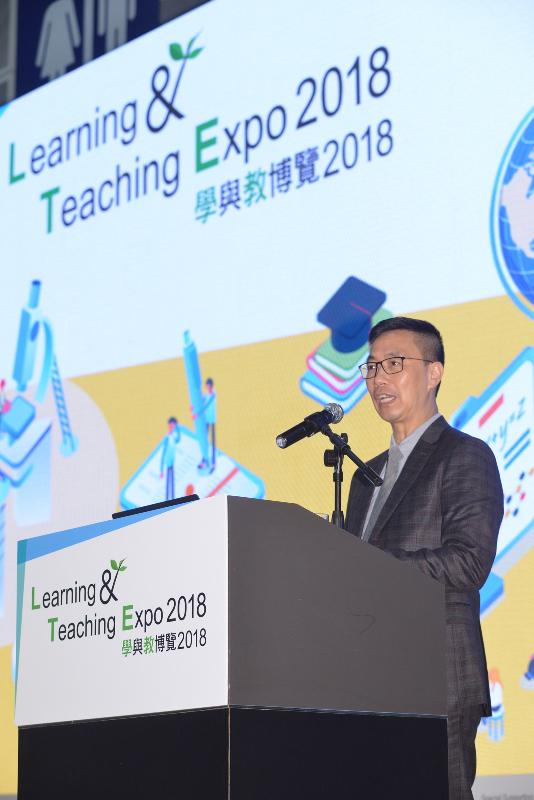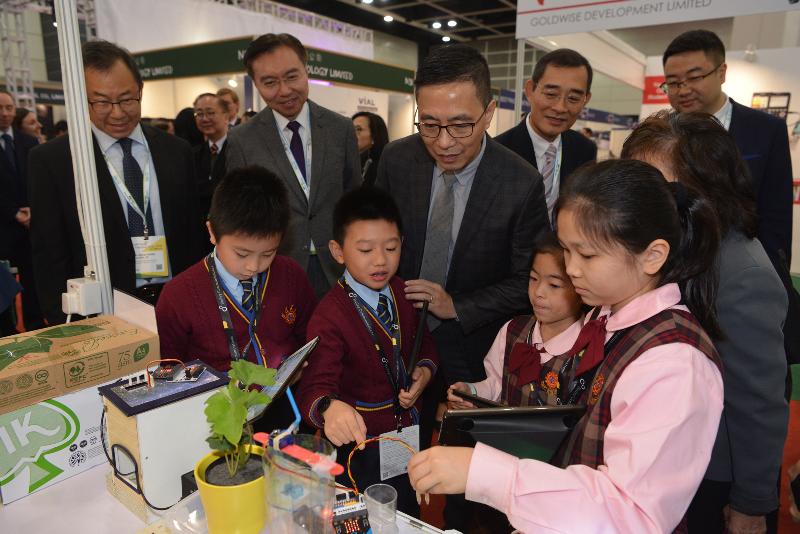IMF commends Hong Kong’s strong buffers and robust policy frameworks despite increasing global risks
An International Monetary Fund (IMF) Staff Mission has commended the Hong Kong Special Administrative Region (HKSAR) in its latest assessment, noting that many years of prudent macroeconomic policies have endowed the city with strong buffers to navigate through challenges and ensure continued stability despite increasing risks confronting global growth.
The assessment was made in the Concluding Statement of the IMF Mission published today (December 12), following the 2018 Article IV Consultation with the HKSAR.
The Financial Secretary, Mr Paul Chan, said, “I welcome the IMF’s reassuring forecast for Hong Kong and reaffirmation of our strong buffers and robust policy frameworks. While we are well placed to navigate the challenges ahead, the Government will stay vigilant in monitoring risks, and spare no efforts in boosting economic vibrancy and promoting economic growth.
“To support long-term growth, the Government is working to increase labour force participation and further enhance Hong Kong’s competitiveness. I welcome the Mission’s acknowledgement of the steps we have taken, including capitalising on the development of the Guangdong-Hong Kong-Macao Greater Bay Area and rapid advancement in the field of innovation and technology.”
The Chief Executive of the Hong Kong Monetary Authority (HKMA), Mr Norman Chan, said, “I welcome the Mission’s reaffirmation that the Linked Exchange Rate System (LERS) remains the appropriate arrangement for Hong Kong, which serves as an anchor of stability for the economy. Amid episodes of outflow from the Hong Kong dollar earlier this year, the LERS has operated smoothly and in accordance with its design. This reflects confidence in the LERS, a regime that is clear, transparent and proven to work well for Hong Kong.
“I also note the Mission’s assessment that tight macroprudential regulations have helped contain systemic risks and should remain in place. Our banks are highly capitalised and subject to robust regulation. The HKMA will remain vigilant to the risks to banking stability amid growing volatility in global financial markets.”
The Concluding Statement notes that Hong Kong’s economy has benefitted from a strong cyclical upswing and the growth momentum continued through the first half of 2018 as a result of the global recovery, continued solid growth in Mainland China, and increased consumer confidence. Hong Kong’s real Gross Domestic Product growth is projected to remain robust in 2018. As with the global outlook, risks have shifted to the downside for the economy, and such include risks of escalation in trade tensions, sharper-than-expected tightening of global financial conditions, sharp slowdown in the property market, and sharper-than-expected slowdown in the Mainland economy.
The Mission assesses that many years of prudent macroeconomic policies and robust financial regulation and supervision will help Hong Kong weather possible domestic and external shocks. The strong buffers Hong Kong enjoys include large foreign exchange reserves, a current account surplus, one of the world’s largest net international investment positions, large fiscal reserves, and a well-capitalised banking system with high asset quality.
The Mission reaffirms its support for the LERS, acknowledging that it remains the appropriate exchange rate arrangement for Hong Kong. The LERS has served as an anchor of stability, helping to ensure sustained growth, competitiveness, and the smooth functioning of the extensive financial services industry.
The Mission notes that Hong Kong has been considered one of the most competitive economies in the world for many years, and is rightly taking steps to maintain competitiveness. These steps include further development of the bond market, introduction of various green finance initiatives, and development in innovation and technology as attested by the launch of eTradeConnect and the Faster Payment System. The Mission also notes that the development of the Greater Bay Area creates opportunities for Hong Kong over the medium term, given Hong Kong’s unique position as the gateway to the Mainland and as a global financial centre with renowned professional services.
The Mission visited Hong Kong from October 29 to November 9 for the 2018 Article IV Consultation with the HKSAR. It held discussions with government officials, regulators and private sector representatives. The Concluding Statement is attached in the Annex. The full report of the Article IV consultation will be discussed by the IMF Executive Board in January 2019.
read more




